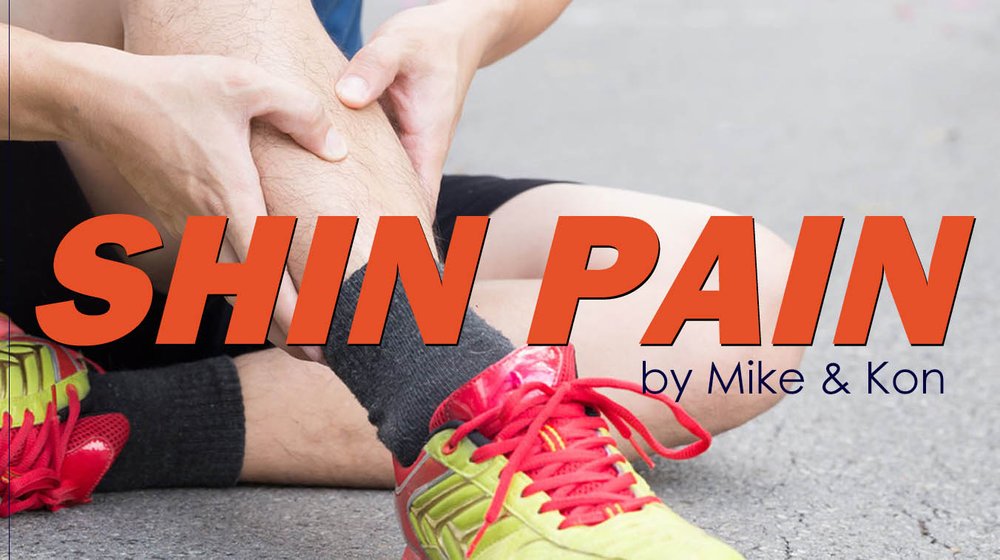What Are Shin Splints Exactly?
Shin splints refer to any pain that is felt along the length of the area from the knee to the ankle in the lower leg, the region commonly referred to as the shinbone.
The condition arises due to inflammation of the muscles, tendons and bones in the area, as a result of repetitive overloading, and is common amongst runners and dancers. In extreme cases, excessive pressure on the shinbone may lead to stress fractures in the bone.

What Exactly Do Shin Splints Feel Like?
People affected with this condition, often complain of pain of varying intensity along the inner aspect of the shin bone, which may be accompanied by signs of inflammation such as swelling, and redness.
Common symptoms include an aching, throbbing sensation along the inside area of the shin which may radiate outwards. Pain may improve during periods of rest but may become more continuous with time particularly and became more acute and sharper in nature, especially with ongoing physical activity.

When Should I Worry About Shin Splints?
Seek medical attention promptly if your pain is severe or you have trouble walking.
Contact your doctor in the following cases –
- You pain levels don’t improve or are gradually getting worse
- The original pain has progressed to involve other areas
- There appears swelling around your lower leg which gradually worsens
- Your shin bone is warm and red, typical signs of inflammation
Should You Massage Your Shin Splints?
As previously mentioned, there are many signs to look out for when you’re experiencing shin splints. Inflammation is a key hallmark to look out for. This can be described as a red diffuse warmth over the troublesome area. During this stage of the injury it is wise to veer away from deep tissue massage as this can aggravate your symptoms.
Once this stage has subsided, massaging adjacent muscles, in particular the tibialis anterior which sits at the front, beside your shin bone is a good place to start followed by your calf muscles.
Though this isn’t addressing the root cause of your problem it’s a good way to gain some pain relief in the interim while you’re addressing other key factors.

How Do I Stop Getting Shin Splints?
Shin splints are a multifaceted problem which requires a thorough assessment in order to prescribe the most suitable corrective exercises, footwear or training regime.
Commonly, shin splints arise during a rapid change in training load. As we near the holiday period, many training programs take the back seat until the new year health blitz. As the muscles and the surrounding structures around the lower leg adapt to your activity or lack thereof, suddenly introducing a high training load may prove too much for your muscles to handle, thus slowly easing into exercise is your best method to avoid shin splints and other common tendon injuries.
Biomechanics play an important role in how forces are transmitted through your leg during any activity. In particular, over-pronation of the foot or ankle is a typical sign to look out for during running or landing. Therefore, an assessment is crucial in order to locate the root cause of your issue. This can stem from inappropriate footwear, weak musculature of the lower leg, poor hip mechanics or an irregular running pattern.
Furthermore, if the root cause is of muscular origin then corrective exercises are useful in addressing asymmetries in strength.
One common exercise is the tibialis raise which is focused on strengthening the tibialis anterior muscle. This exercise has many variations and progressions in order to challenge you appropriately. Begin by standing and only leaning your upper back against the wall.
Raise your forefoot with your heels in contact with the floor. Hold for 3 seconds, lower slowly and repeat.
Good luck!
Kon & Mike
#MakingHealthySimple

